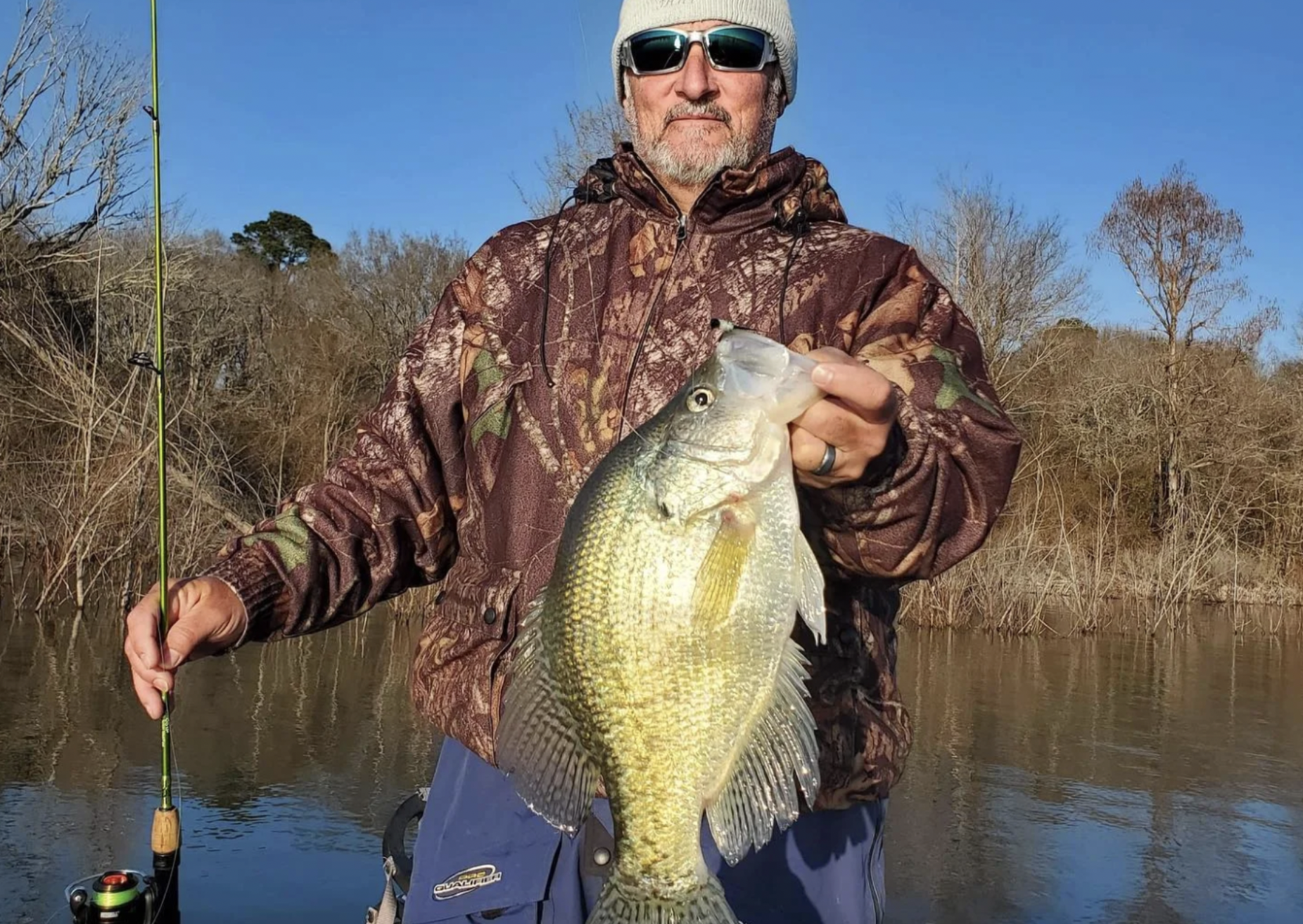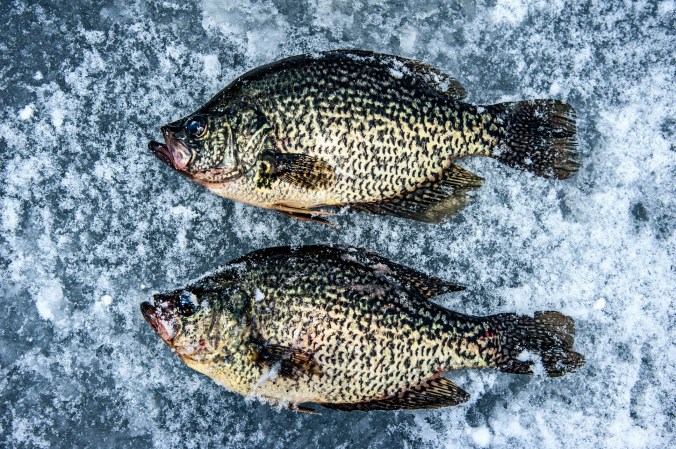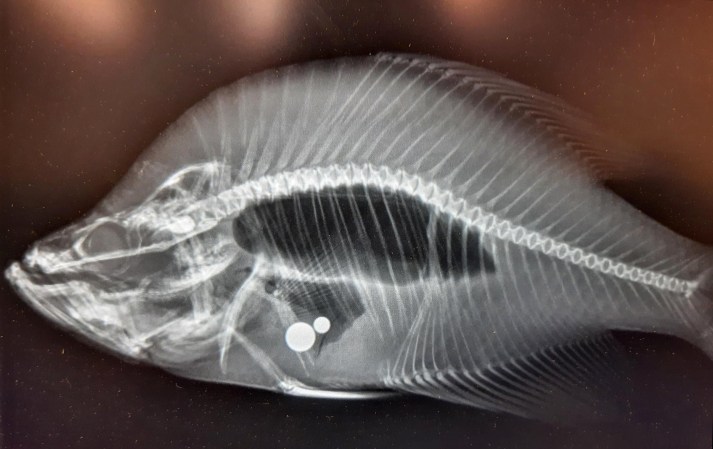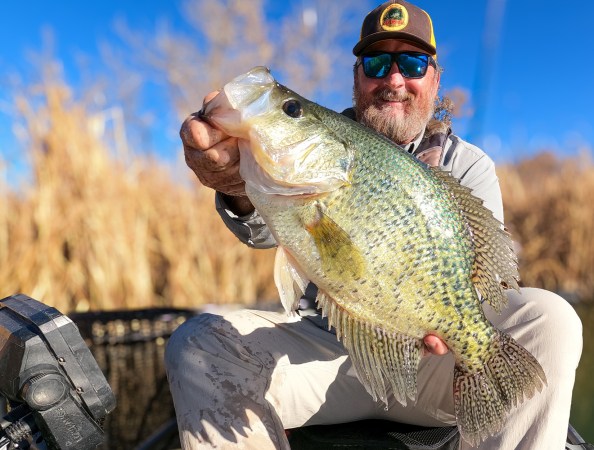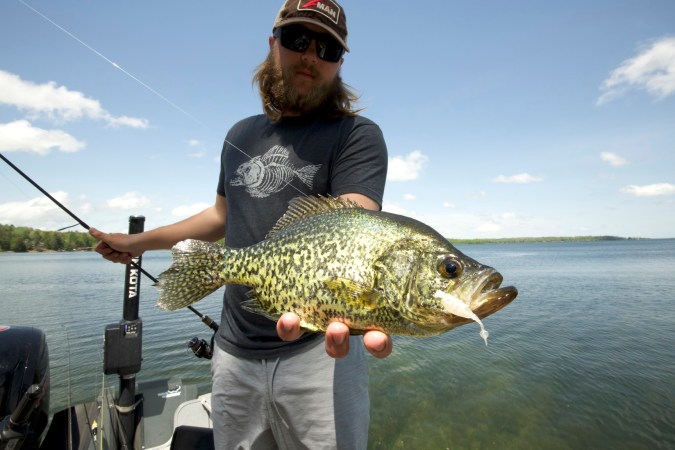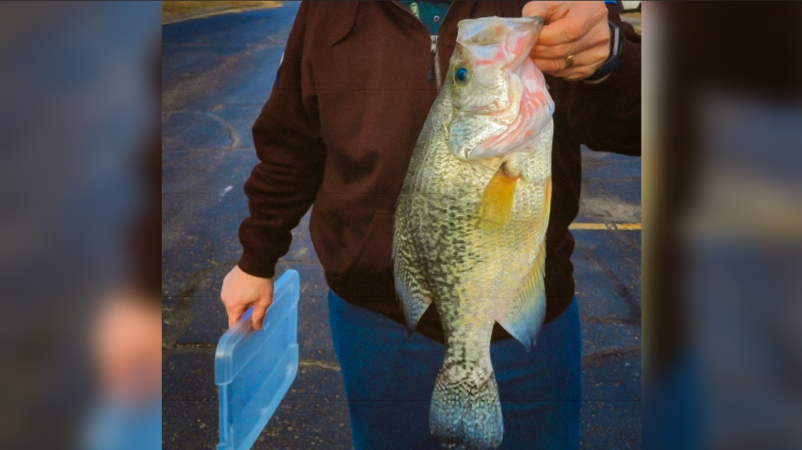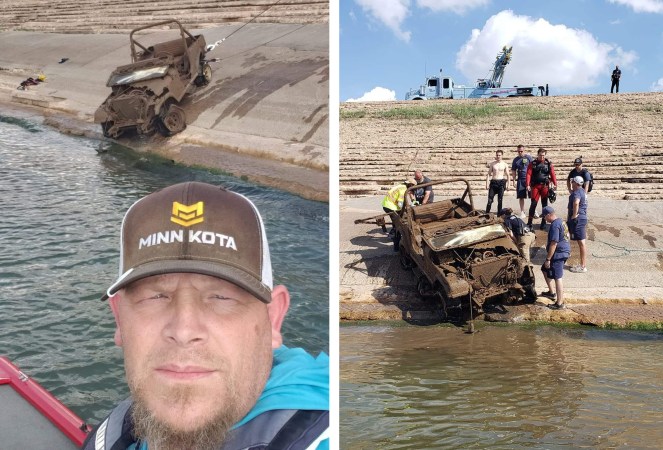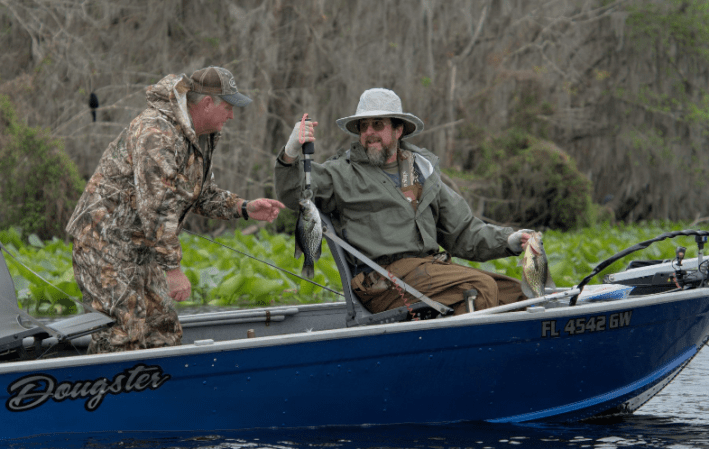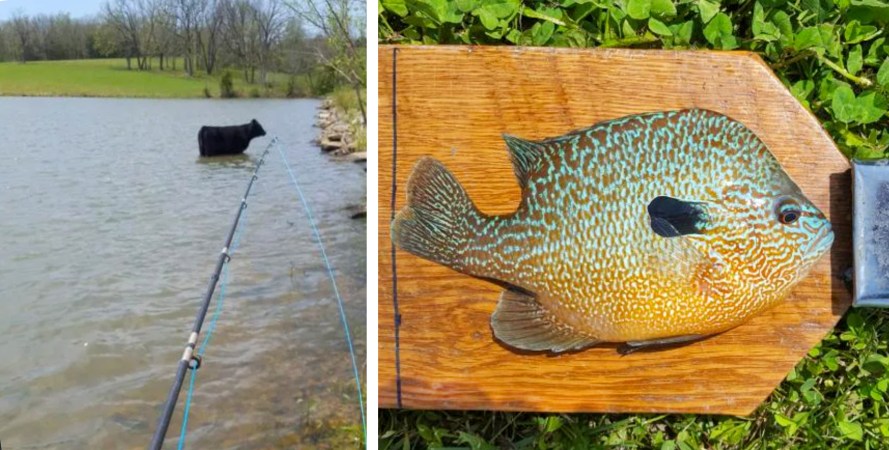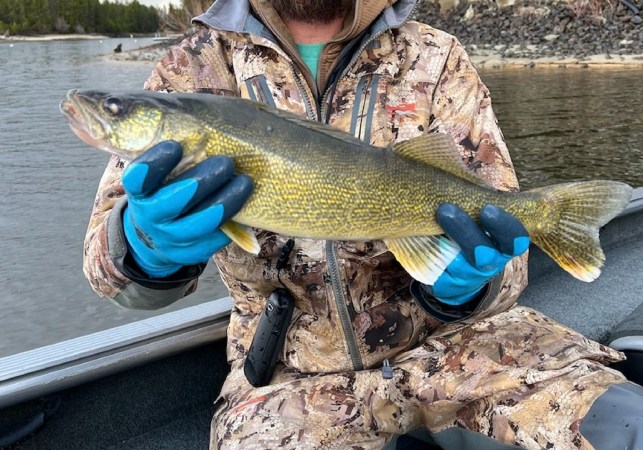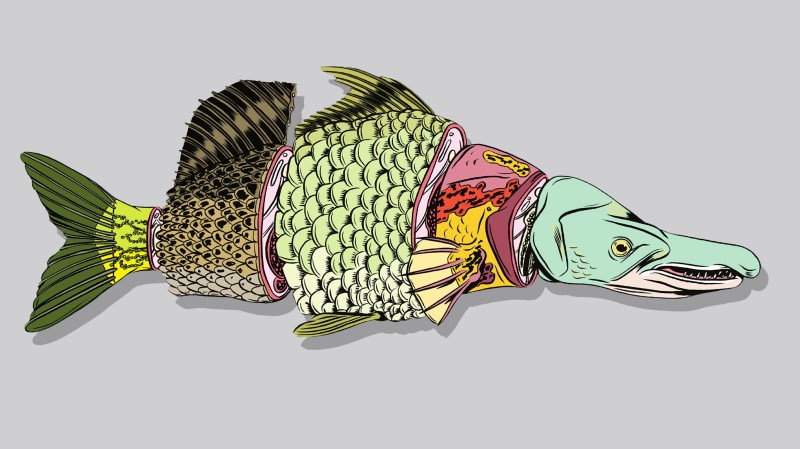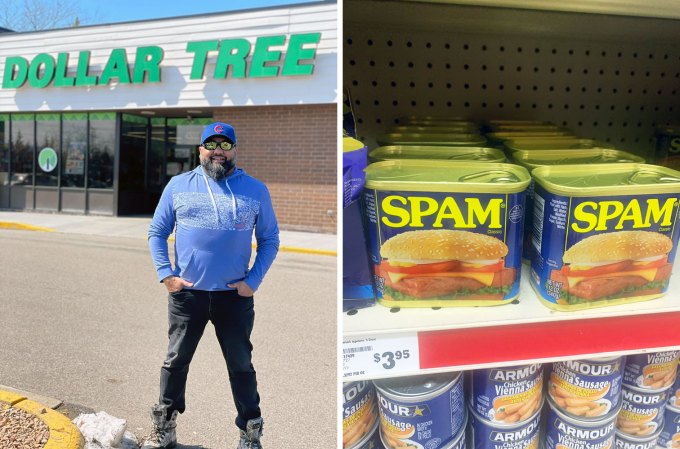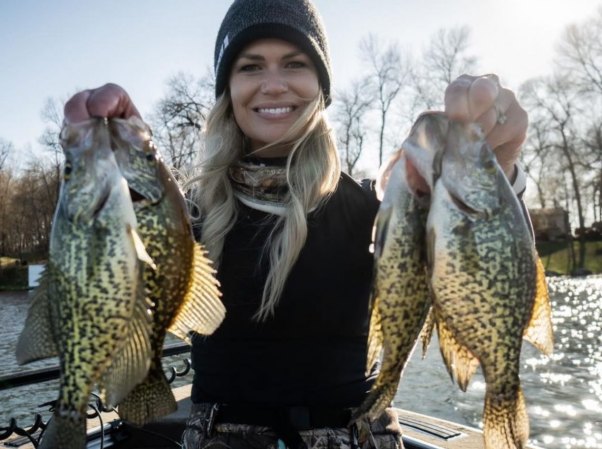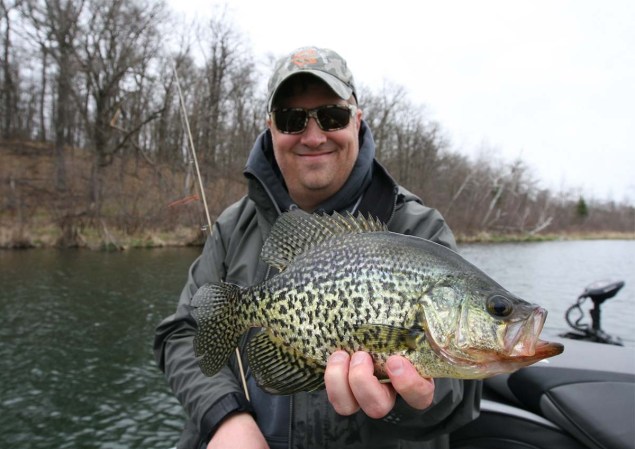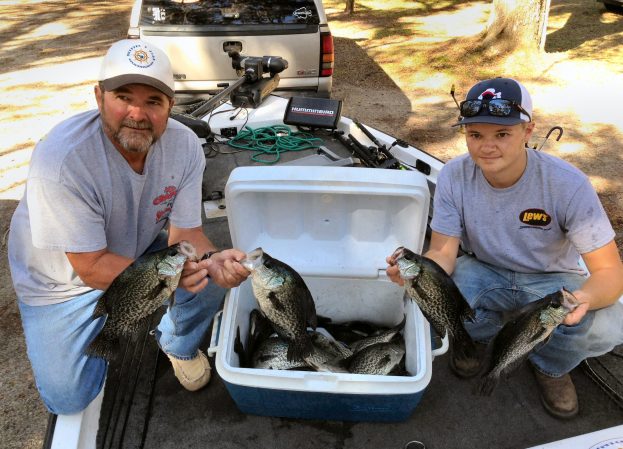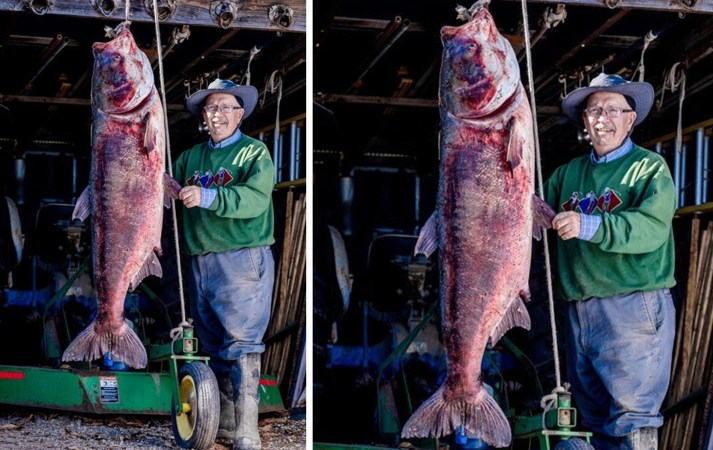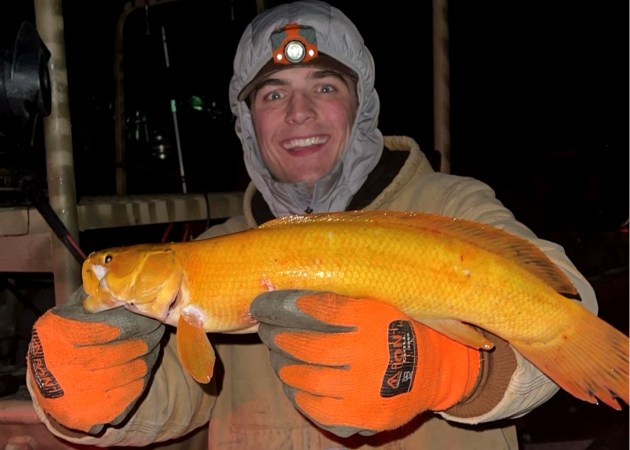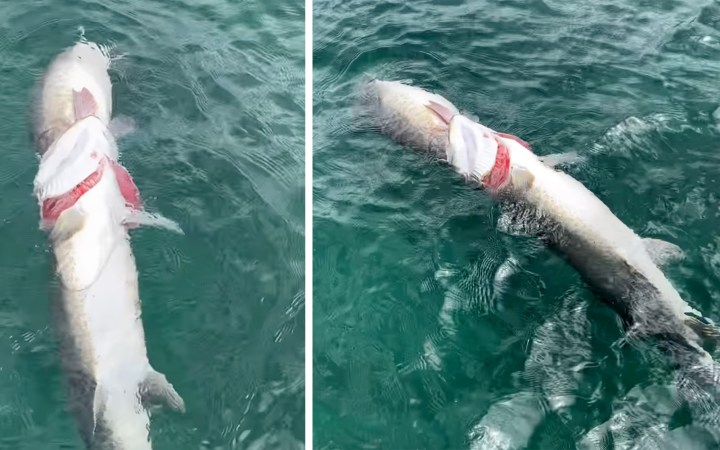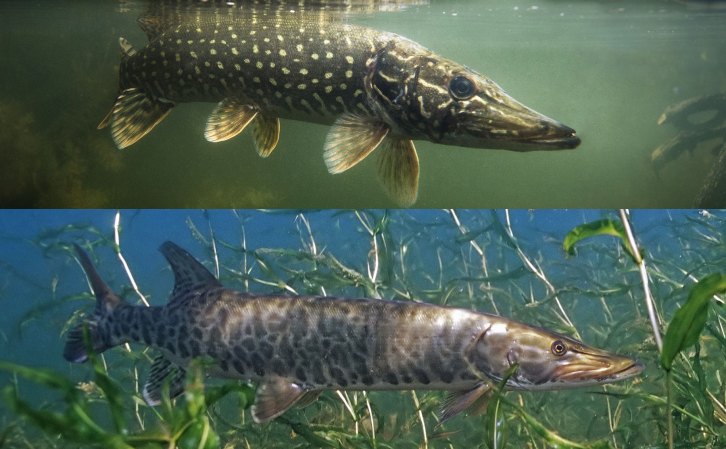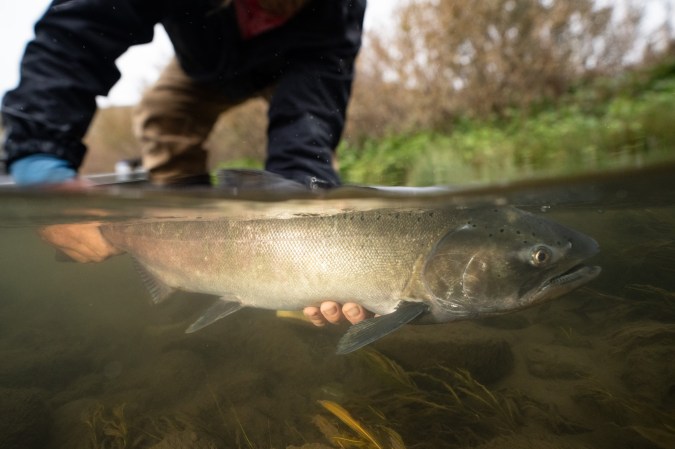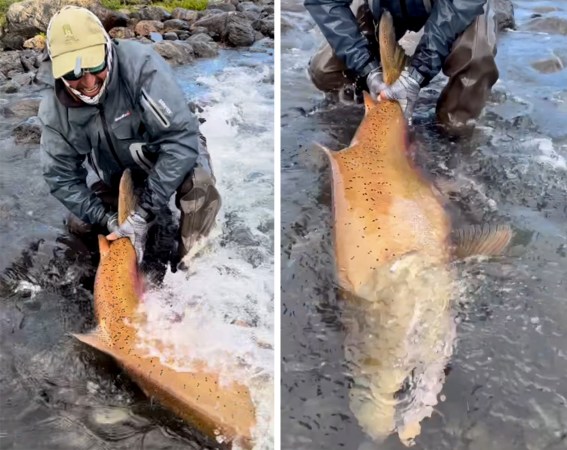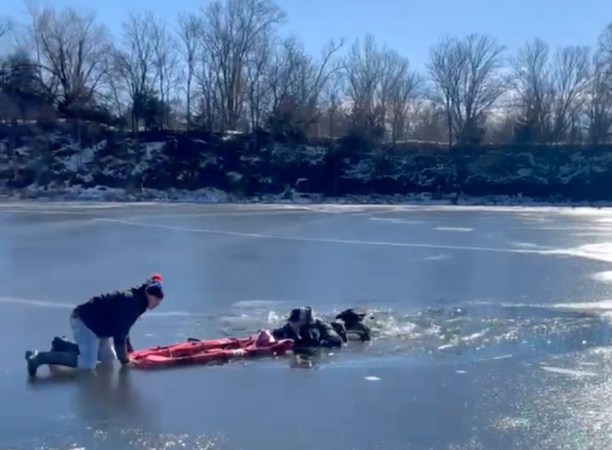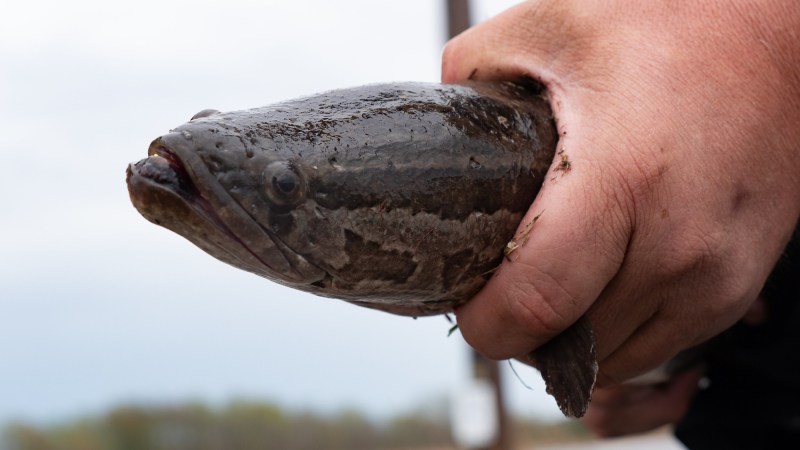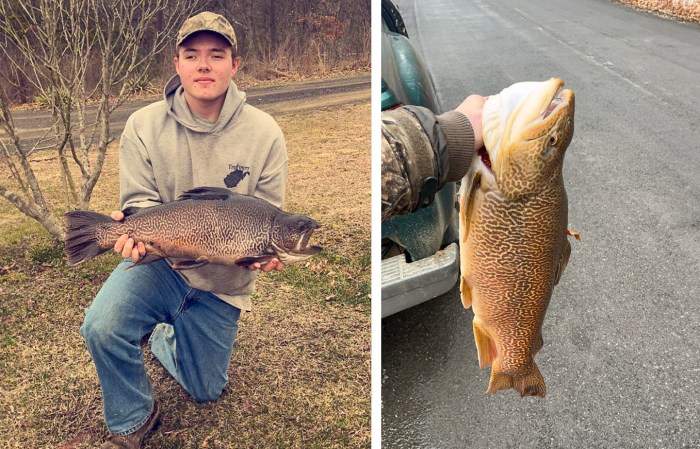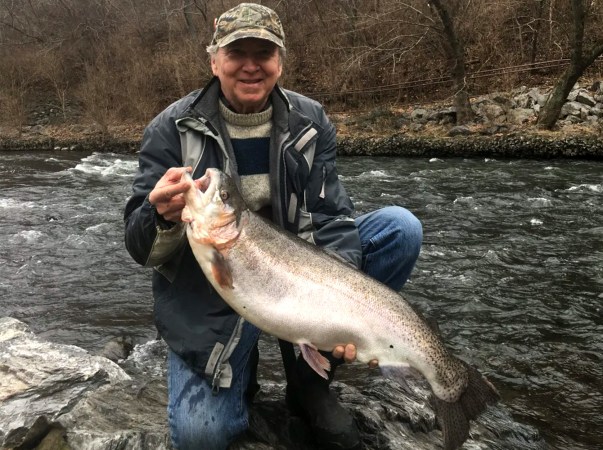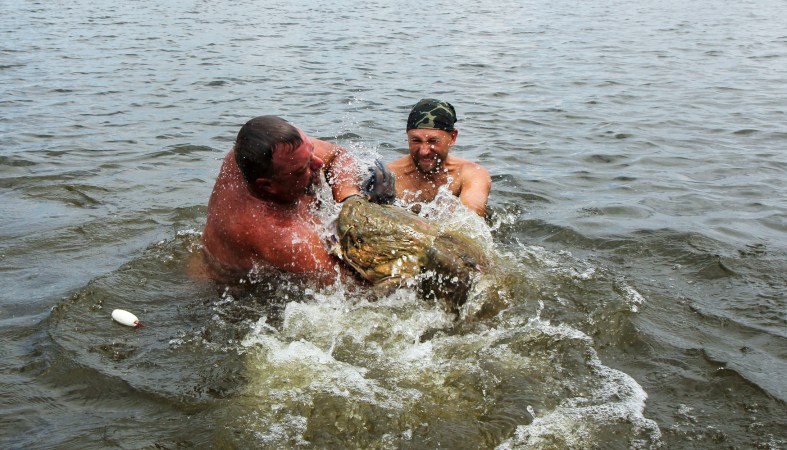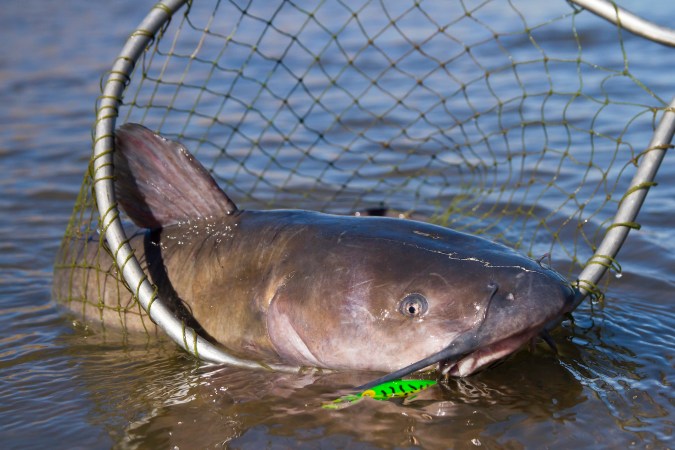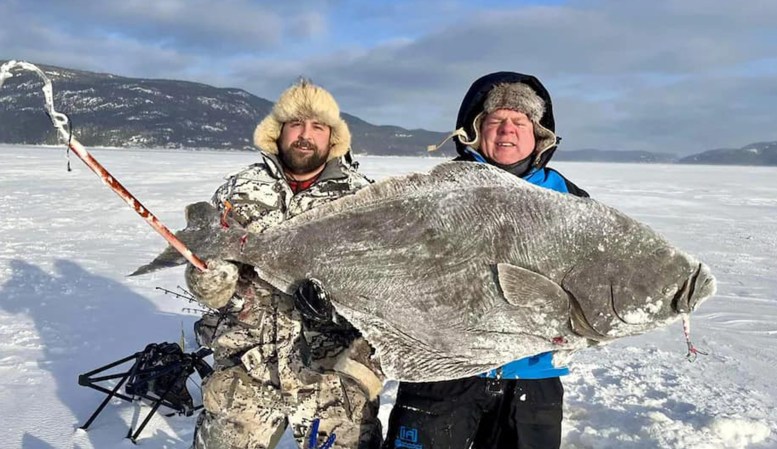Torches and pitchforks would undoubtedly come for you if you ate a 6-pound bass and had the audacity to post about it on social media. The mob’s anger wouldn’t be completely unjustified as large bass are excellent breeders that are important for producing the next generation.
But what about a giant crappie? If you’re a conservation-minded angler who loves a fried crappie sandwich, what’s the best-sized crappie to keep?
I asked that question to two biologists from opposite ends of the country. Their answers were as different as the bodies of water they manage. They also come with a healthy dose of “it depends.”
Texas Biologist on Crappie Fisheries Management
Lake Fork is one of the best fisheries in the country. Ten anglers received century belts at a recent Bassmaster Elite Series event there, and the winning weight was 130 pounds 15 ounces. The lake also produces giant crappie. I talked to Jake Norman, who is the Texas Parks and Wildlife district supervisor for the region that includes Lake Fork. He says the crappie in Lake Fork are short-lived, but fast-growing.
“We have some of our lakes where fish can reach 10 inches in one year, which is legal length and sexual maturity. So by two years, pretty much all of our crappie are 10-plus inches and reproducing,” he says. “Their max lifespan is five to seven years and the average is three to five.”
Norman says that while large crappie produce a ton of eggs, they aren’t the most important breeders in the lake. The younger fish — 1 to 2 years old — are actually better breeders.
“They may or may not produce quite the capacity that the largest fish do. But they’re very viable eggs and they’re more than capable of sustaining a population,” he says.
If you’re in Texas or a similar southern state where crappie grow quickly, a 2-pound fish is perfectly fine to keep.
“When you’re catching two-plus-pound crappie, they’re at the end of their life anyway. So that’s part of the reason why they’re not as valuable or as important to sustain the population as people think,” Norman says.
There’s a big but in the equation, which is the specific lake’s management goals. If you’re fishing an overpopulated lake, the biologists likely want you to remove smaller fish to help reduce the population. Norman can give specific advice for people fishing Lake Fork, though.
“I would truthfully say, without a doubt, harvest whatever size fish that are legal and that you like to eat,” he says. “Harvesting larger fish wouldn’t impact the population anymore than harvesting 10- to 12-inch fish.”
Read Next: How to Catch Crappie
Wisconsin Biologist on Crappie Fisheries Management
Nathaniel Lederman is the fish biologist for Oneida County, which has 1,270 lakes, and is one of the best fishing destinations in Wisconsin. I asked him the same line of questions as Norman, and his answers show the drastic difference between southern and northern crappie.
Managing crappie in Lederman’s region is not straightforward.
“When you put a length limit on a lake, you see variable impacts among the different lakes,” he says. “So you can put a length limit on one lake, it’s a success, but you put that same length limit on a different lake, and it doesn’t work.”
That’s because unlike the continually warm waters of Texas, Wisconsin crappie can have variable spawning success.
“I think you can boil it down to, at least within Wisconsin, the boom-or-bust nature of crappies. You’ll kind of get a year where there’s a really good recruitment and then the next few years, you’re not going to have good reproduction or recruitment,” Lederman says.
This cycle has an effect on the size structure of a lake’s crappie.
“So as that big boom year progresses through and gets older and larger, that’s carrying the population,” Lederman says. “And as people harvest their numbers, we’ll get fewer and fewer. So as long as the population isn’t stunted, releasing some of those individuals across the entire size structure of black crappies would spread out that pulse of individuals, hopefully making it last for a longer period of time.”
Whereas the Texas crappie die off after about five years, Wisconsin crappie can live much longer.
“Within Wisconsin, we’ve aged black crappies anywhere from age zero to 15,” Lederman says. “Age five crappies are typically around nine inches [up here]. Granted, that’s very system specific because you can get some systems where you can get a nine-inch fish in two years, and then other systems it can take much longer.”
If you’re a northern angler who is looking to conserve the crappie population in a given lake, Lederman says that the size you keep is less important than the amount.
“If the limit is 25, do you need 25? Or could you be good with taking 10?” he says. “Restricting the number that you’re actually taking home might have a bigger impact than selecting the specific size fish. Or, if you want to take your full bag limit, just don’t take only 12-inch crappies. Try to spread it out where maybe you take a couple of eight-inch and a couple of seven-inchers. So spread what you’re taking home across a wider range of sizes, and also reduce that total number that you take home.”
Read Next: Best Crappie Lures
The Upshot
Before you pick up that pitchfork against someone with a stringer of 14-inch crappie, keep in mind that it could be a perfectly acceptable practice for their body of water. The same goes for someone who is keeping a bunch of 7-inch fish. Think of it like killing a mature whitetail that’s on his last winter and shooting does to reduce an overpopulated area.
My main takeaway from talking to these biologists is that freshwater fisheries management has to be done on a lake-by-lake basis. So if you’re really interested in finding out what’s the best practice for the bodies of water you fish, call the biologist that manages them.

